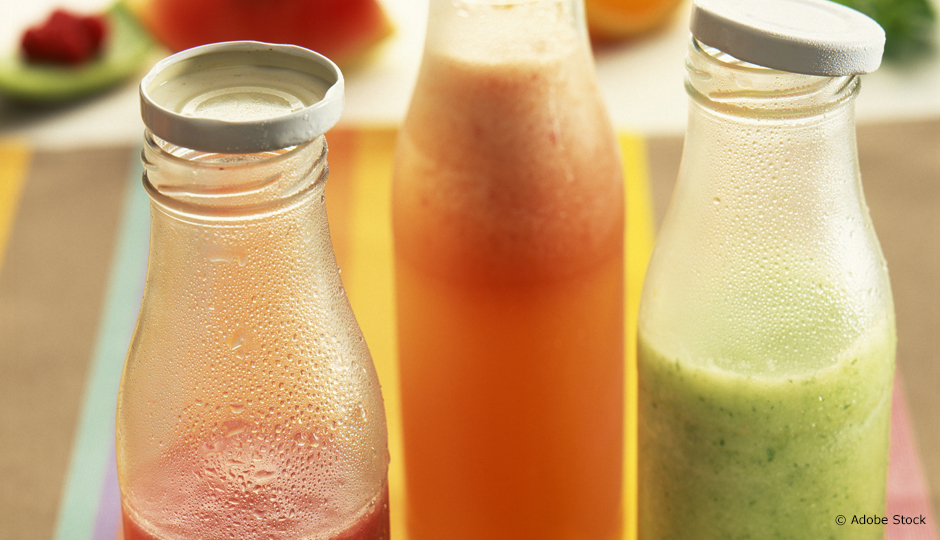Fruit juice production generates thousands of tons of organic waste. The peel, seeds and non-soluble fibre that remain after pressing are not valorized. However, these residues contain valuable molecules, such as polyphenols, that could be beneficial to human health. The research team of Valérie Orsat, a professor in the Department of Bioresource Engineering at McGill University, is working on identifying the hundreds of compounds contained in fruit juice pomace.
Juice residues have been traditionally destined for animal feed, but this research project opens the door to new applications.
To do this, it is first necessary to isolate the molecules of this biomass. During a microwave-assisted process, the cells containing the bioactive compounds burst and release their valuable molecules. The constituent compounds are then identified using a mass spectrometer. With the help of their research partner, A. Lassonde, the researchers analyzed the press residue of apples, cranberries and blueberries. In each case, more than 200 potential molecules were identified. However, after extracting the molecules of interest, a residue of cellulose remained. By letting this ferment, they were able to convert it into ethanol, an energy source used during the microwave-assisted extraction process, thus closing the loop and completely using up all the residual biomass.
Juice residues have been traditionally destined for animal feed, but this research project opens the door to new applications. It now remains to be determined which of these molecules have the best antioxidant or antimicrobial properties. These ingredients could then be added to foods to increase their nutritional value or shelf life. Juice manufacturing-related activities could also be developed with applications in the natural products and cosmetics sectors.




